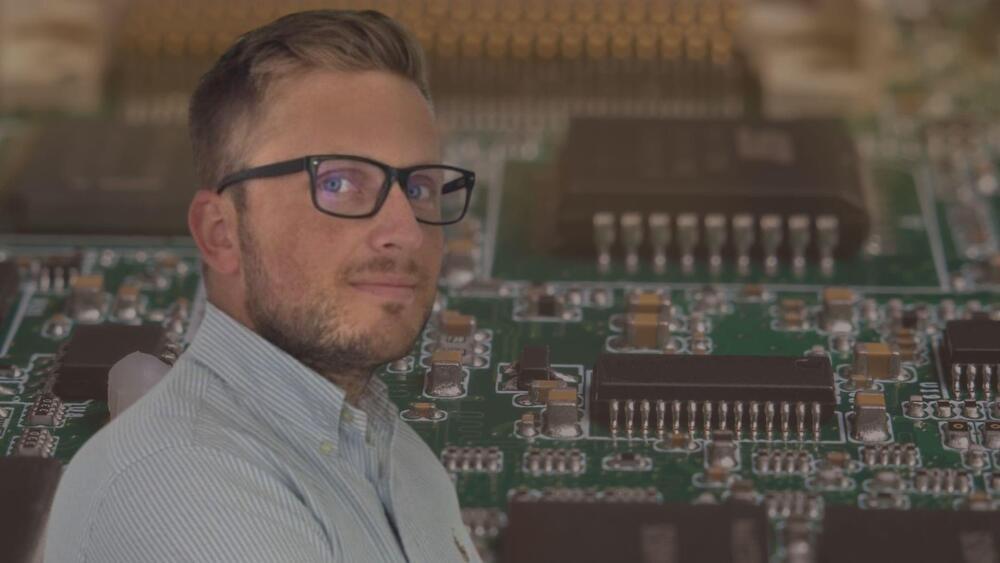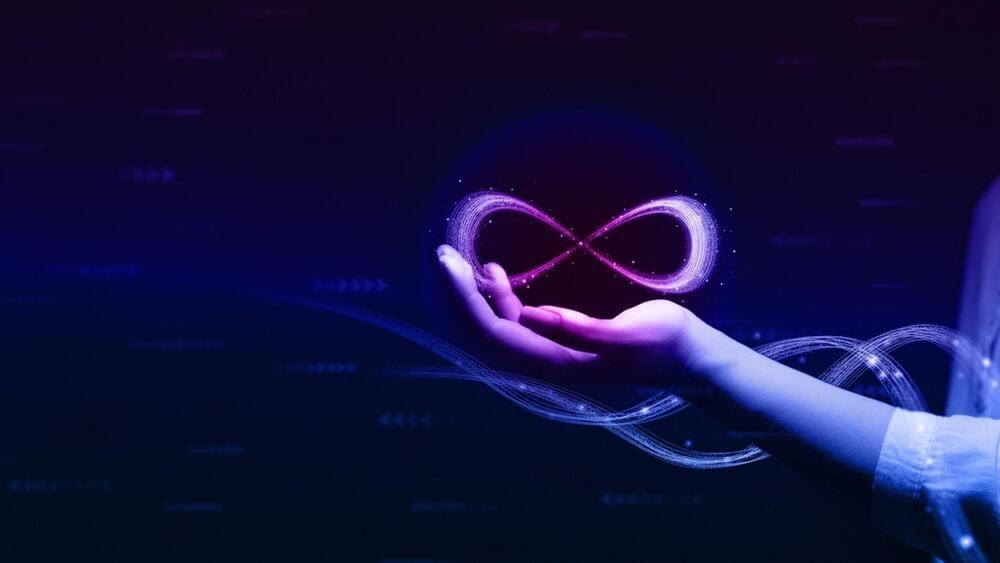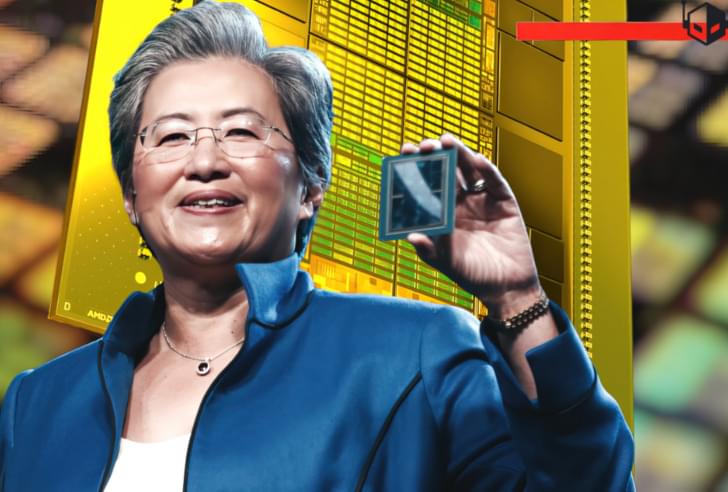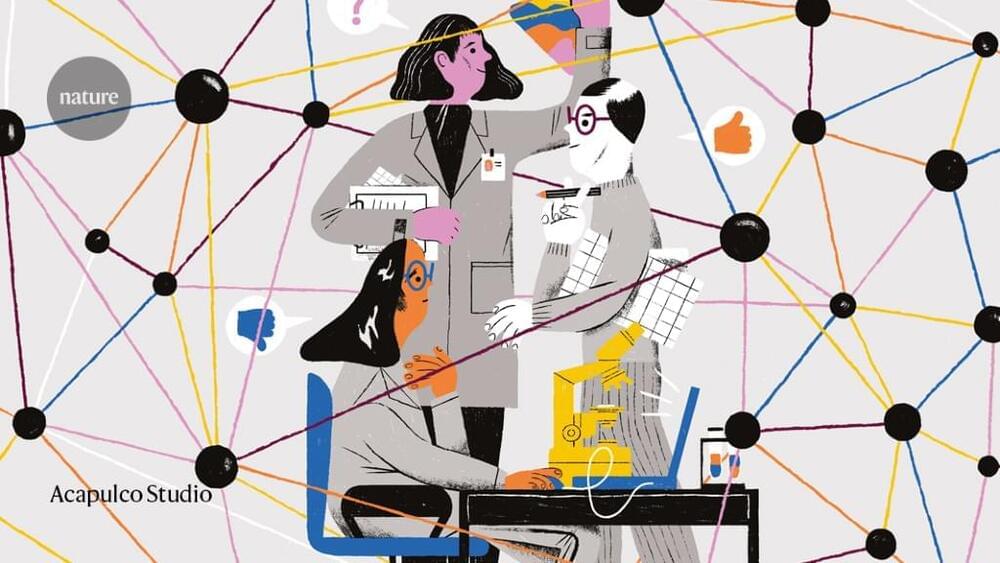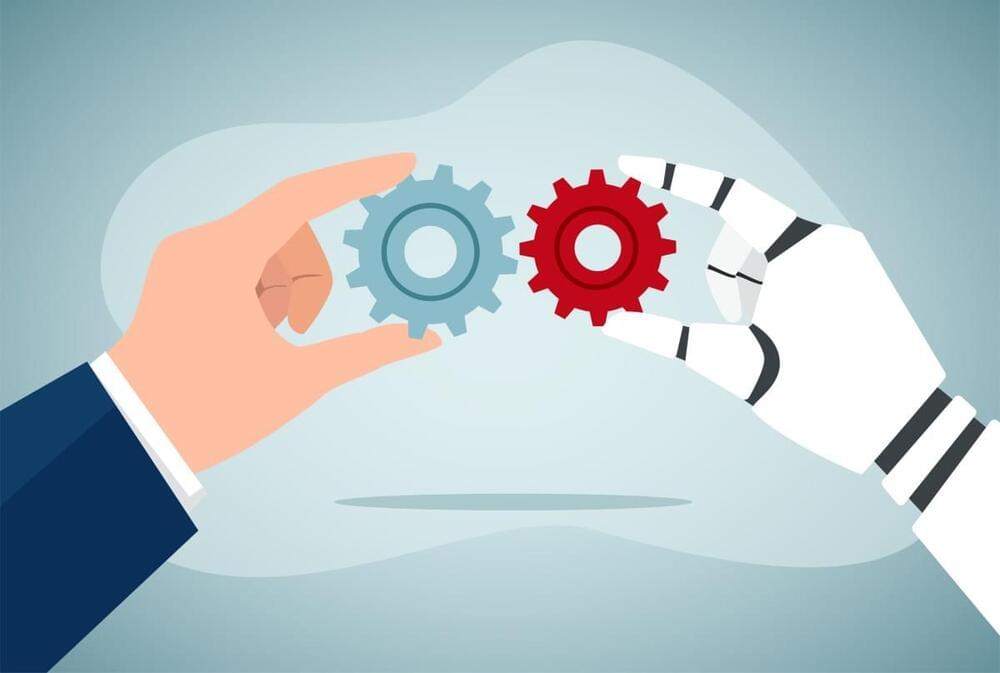The drone can travel at 45 miles an hour and read license plates from 800 feet away. It can be equipped with a speaker and a spotlight. Who needs a police car for a chase now?
A new high-tech autonomous drone, unveiled by California-based company Skydio, could help New York Police end high-speed car chases. The company which has supplied drones for both military and utility purposes, is working to use drones as first responders (DFR) for the police in the US.
A decade ago, Skydio began its journey as a company that provides athletes with a ‘follow-me-everywhere’ drone that could help shoot videos from the air while on the move. Three years ago, the company made a significant pivot as it looked… More.
Skydio.

